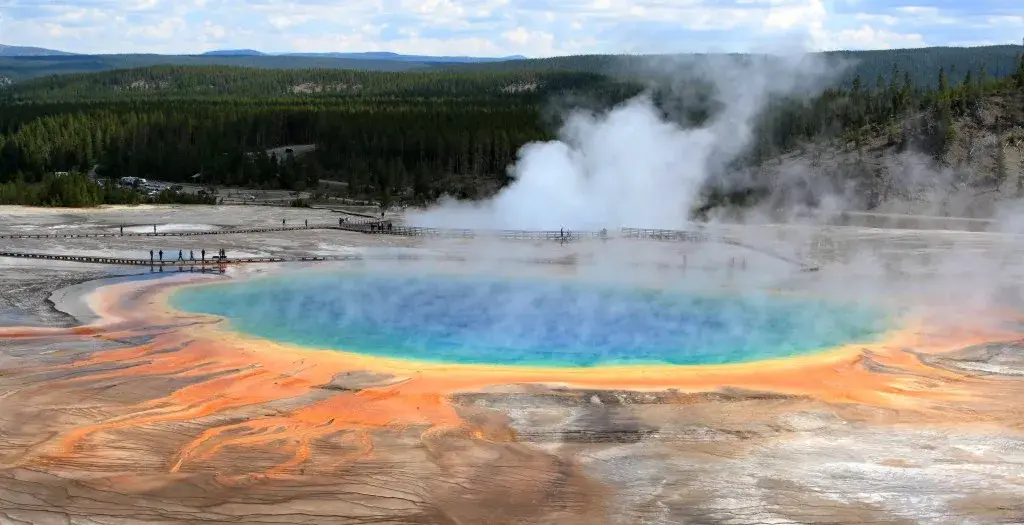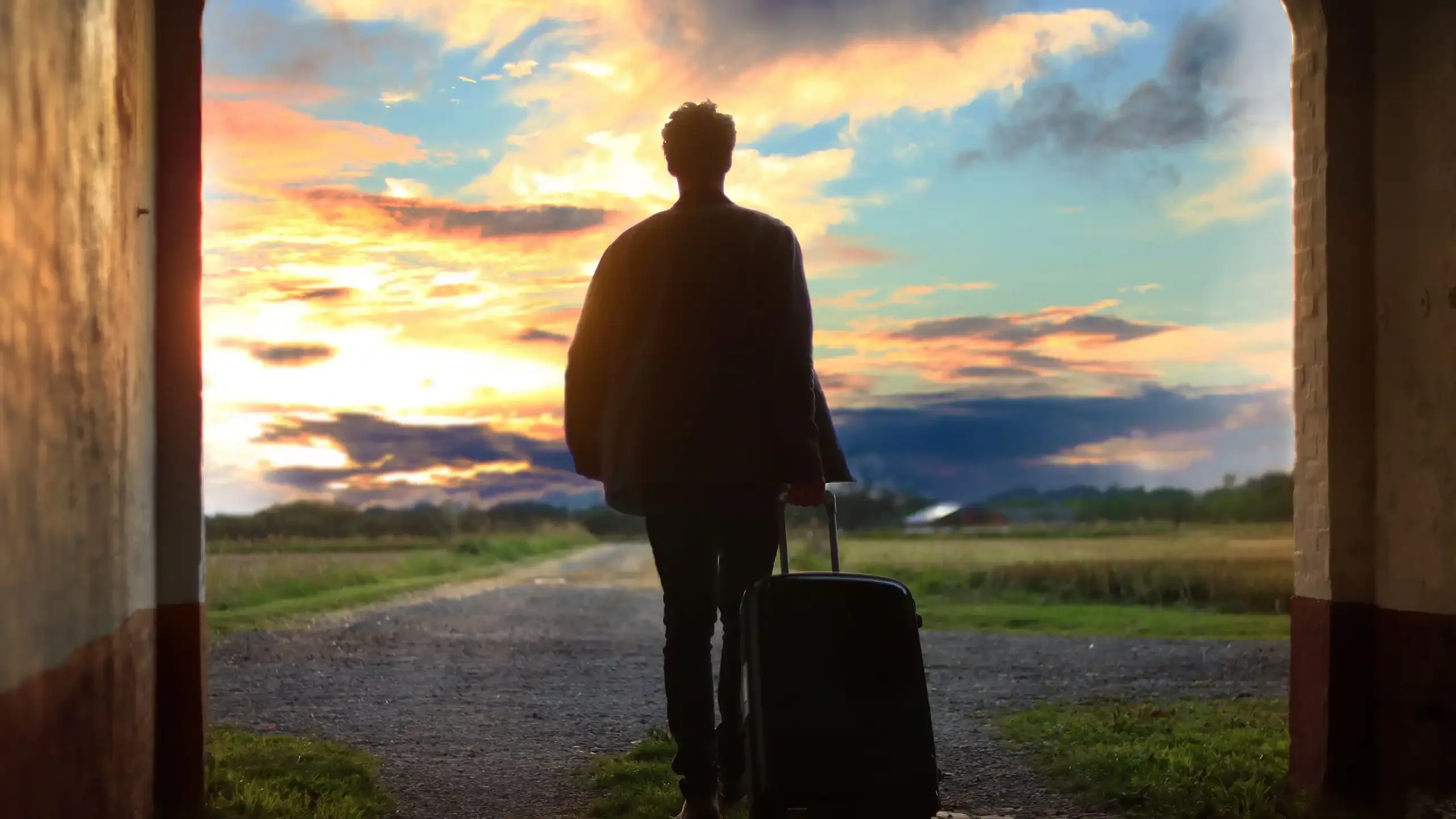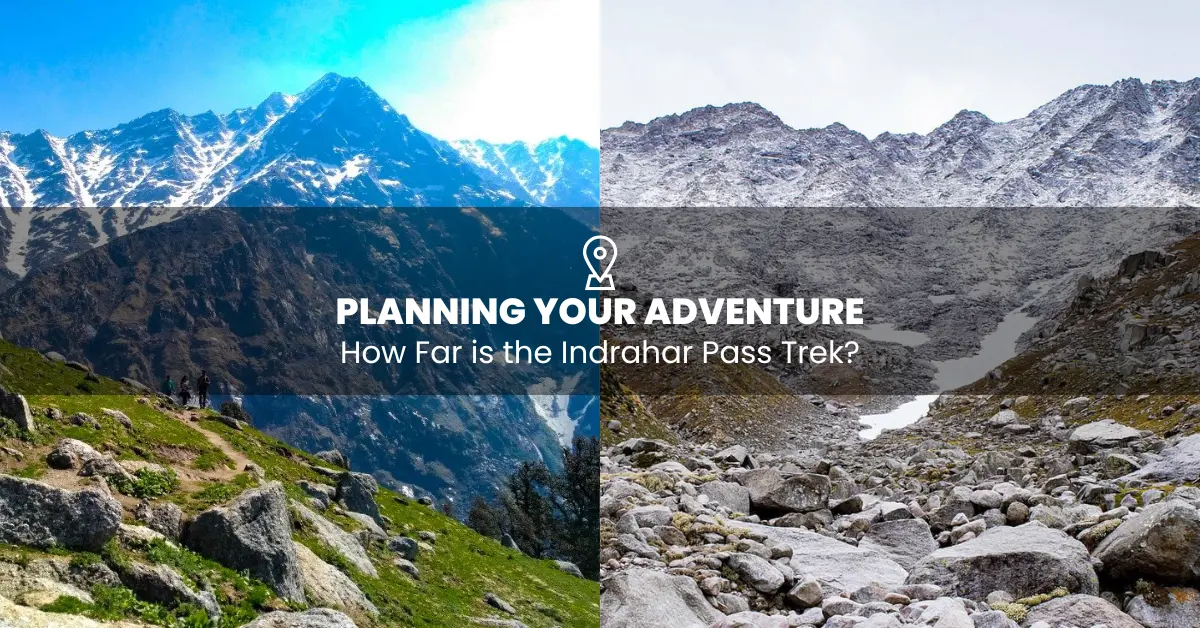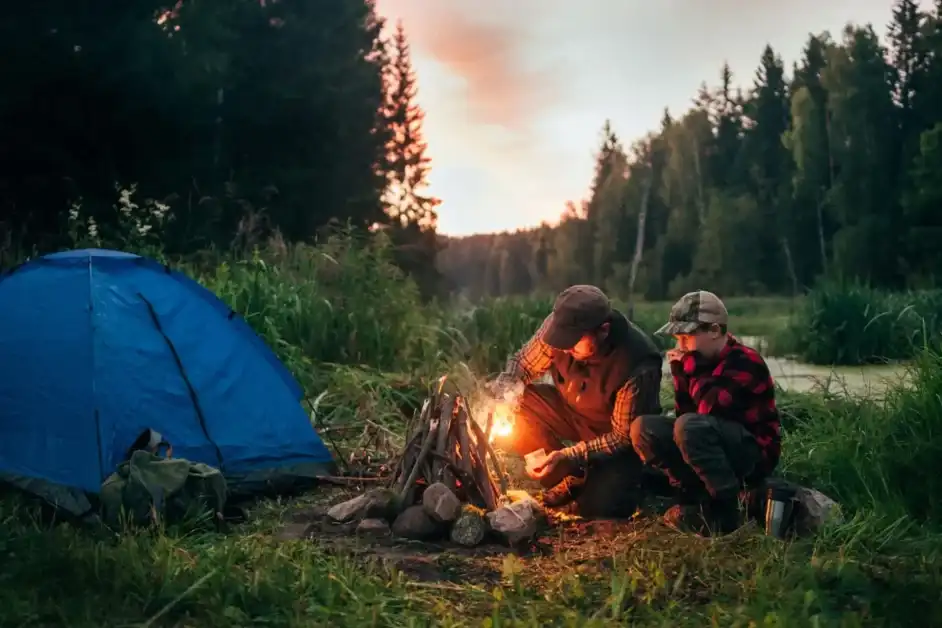Welcome to Yellowstone National Park, the first national park in the United States and a dream vacation destination for many nature lovers. With its stunning landscapes, geothermal features, and diverse wildlife, Yellowstone offers a unique experience that attracts millions of visitors each year. However, not all times of the year are ideal for visiting this iconic park. In this blog, we will explore the worst times to visit Yellowstone and provide essential tips for planning your trip.
Identifying the Worst Times to Visit Yellowstone National Park
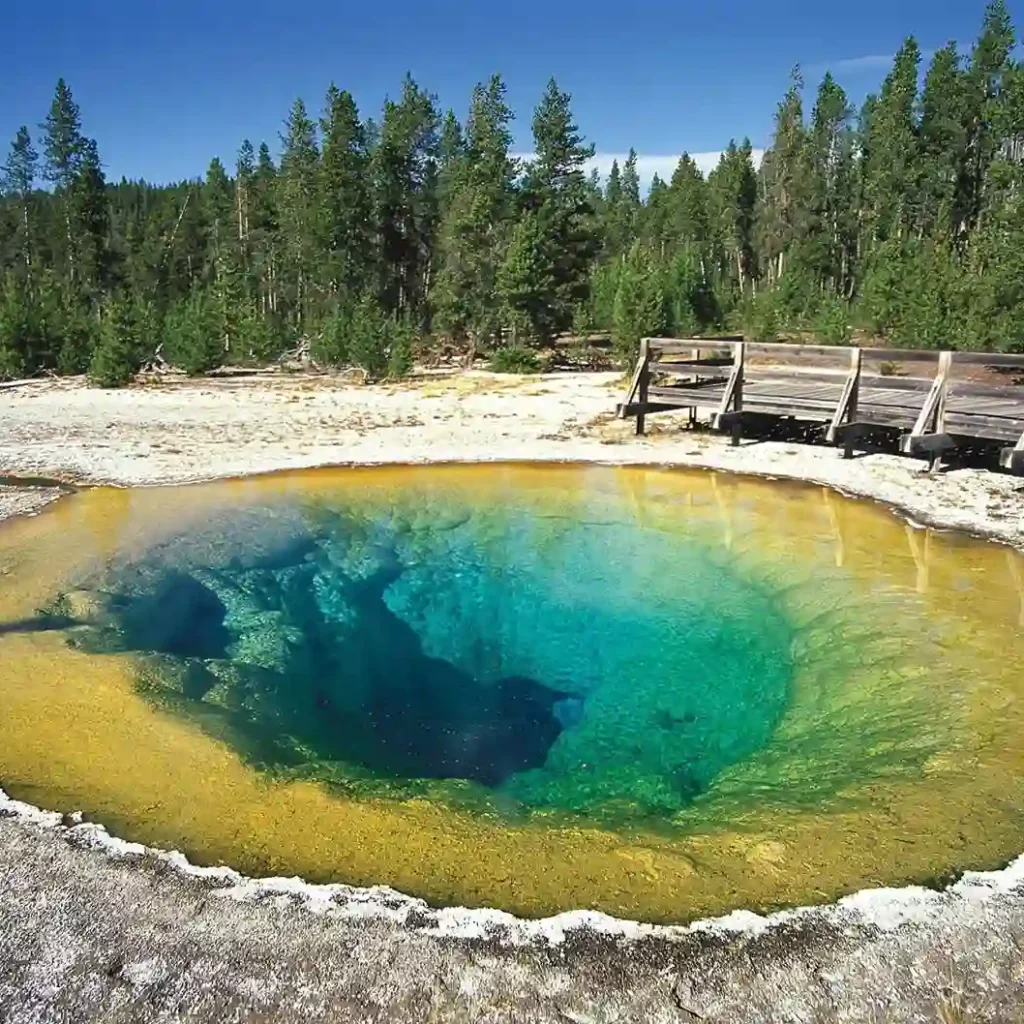
Late spring and early fall can be the worst times to visit Yellowstone National Park due to unpredictable weather. The Old Faithful geyser, Mammoth Hot Springs, and the Grand Canyon of Yellowstone are great attractions, but they can be crowded during peak seasons like late May (Memorial Day) and late September.
Wildfire season in late August and early September can also affect air quality and visibility. Visitors should plan to maintain a safe distance from wildlife and be prepared for varying conditions when visiting the park.
Factors Influencing the Worst Times
When deciding on the worst time to visit Yellowstone, factors such as winter storms and colder temperatures play a significant role. Unpredictable weather conditions during specific months can also make it the worst time to visit.
Additionally, fire season and road closures are crucial influencers in trip planning. Higher elevations and cooler temperatures may affect one’s decision on when to visit, along with wildlife behaviors and park roads. These are all essential factors to consider when determining the worst times to visit Yellowstone.
Personal Experiences: Worst Times to Visit Yellowstone
During the winter months, my personal experiences in Yellowstone have been less than ideal. The limited hours at visitor centers during this time further impact the visit. I recommend planning the trip during late spring through early October for a great time and to avoid the wildfire season.
Exploring old faithful and mammoth hot springs are some of the best things to do during these months while also keeping a safe distance from wildlife. Remember, the Grand Canyon of the Yellowstone is a must-see!
Detailed Analysis: Yellowstone Visits by Month
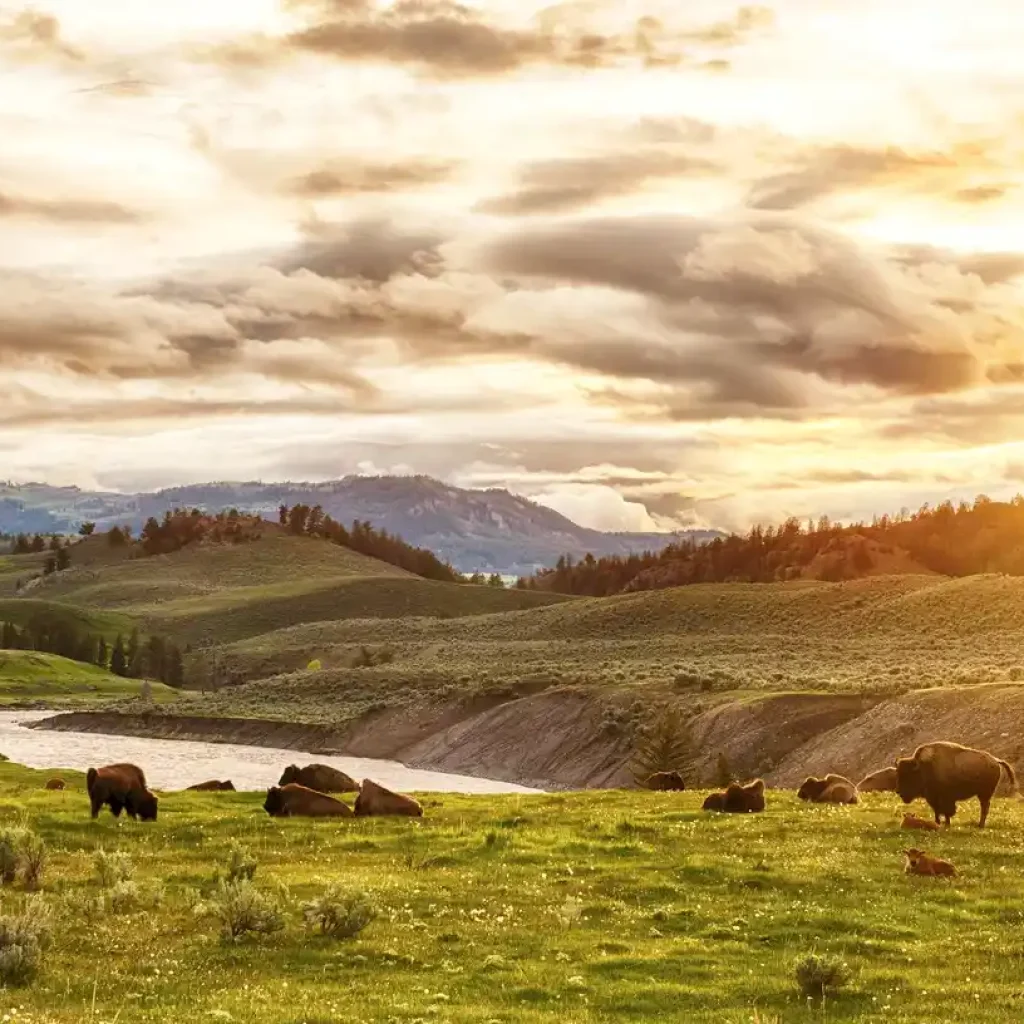
Yellowstone experiences a range of climates throughout the year, influencing visitor numbers and the availability of certain activities. In January, the park is blanketed in snow, making it perfect for winter sports.
However, road closures can limit accessibility. February brings similar conditions but with fewer crowds, providing a great time to explore the park in relative peace. March sees a transition to late spring, with melting snow revealing landscapes and wildlife. April marks the opening of roads and facilities, allowing visitors to experience the park’s best things as it comes to life after winter.
Yellowstone in January
January in Yellowstone offers a unique experience with serene snow-covered landscapes and fewer crowds. Visitors can witness the stunning beauty of the Old Faithful geyser against the backdrop of white, visit the iconic Grand Canyon of Yellowstone, and explore the Mammoth Hot Springs. While some roads may be closed, activities like skiing and snowshoeing are popular. It’s essential to dress warmly and maintain a safe distance from wildlife. Although it’s the coldest month, January is a great time to appreciate Yellowstone’s peaceful winter charm.
Yellowstone in February
February in Yellowstone brings a serene beauty with snow-covered landscapes and frozen waterfalls. The geysers, including the famous Old Faithful, create a mesmerizing sight amidst the winter wonderland. Exploring the Mammoth Hot Springs and the Grand Canyon of Yellowstone is a great time to visit during this month. While the average high remains low, visitors can witness the park’s stunning beauty at a safe distance from the crowds. Late spring will be a lovely season for a visit.
Yellowstone in March
March is a great time to visit Yellowstone, with old faithful geysers putting on a spectacular show. Mammoth Hot Springs are particularly stunning during this period. Although the weather can be unpredictable, late spring brings tranquility to the park. Keep in mind that some roads and facilities may still be closed due to snow, but it’s a great time to experience the park without the summer crowds. Ensure to check for any specific alerts or warnings before planning your trip.
Yellowstone in April
April in Yellowstone National Park marks the end of winter and the start of spring. Old Faithful and Mammoth Hot Springs are popular attractions, especially during this time, as the landscape undergoes a stunning transformation. Memorial Day weekend often heralds the opening of all park roads to vehicle traffic, making late April a great time to visit.
However, visitors should be aware that late spring can also coincide with the Yellowstone wildfire season, so it’s important to keep a safe distance. The average high temperature in late April is around 48°F, making it an ideal time to explore the Grand Canyon of Yellowstone and other natural wonders.
Yellowstone in May
In late spring, Yellowstone in May starts to bloom with beautiful wildflowers. The average high temperature is pleasant, making it a great time to visit and explore the park. Visitors can witness the park waking up from winter, and spotting wildlife with their young ones. However, it’s essential to keep a safe distance, especially as wildlife tends to be more active during this time. Additionally, Mammoth Hot Springs and Old Faithful are must-see attractions. Memorial Day weekend marks the beginning of the summer season, attracting more visitors to the park.
Yellowstone in June
June is an enticing time to visit Yellowstone, with the park in full bloom. The weather is pleasant, and wildlife is abundant. Visitors can marvel at the Old Faithful geyser, hike around the Grand Canyon of Yellowstone, and explore the Mammoth Hot Springs. It’s also the start of the wildfire season, so it’s crucial to maintain a safe distance. With average highs and longer daylight hours, late spring is a great time to experience the park’s beauty before the influx of summer crowds.
Yellowstone in July
July in Yellowstone presents the pinnacle of summer, boasting ideal conditions for outdoor pursuits. The park’s roads are fully accessible, allowing for outstanding wildlife viewing opportunities. This summer month offers warm temperatures and extended daylight, making it perfect for vacations.
Visitors can revel in the park’s flourishing flora and diverse wildlife, including adorable baby animals. July is the prime season to catch a glimpse of grizzly bears, black bears, and bighorn sheep, ensuring an unforgettable experience amidst the park’s natural beauty.
Yellowstone in August
August in Yellowstone National Park provides warm weather, ideal for outdoor activities. It’s a great time for wildlife viewing, with baby animals and various wildflowers. Visitors can also enjoy the park’s hot springs, perfect for road trips, and pleasant daytime temperatures.
August is optimal for exploring the park’s higher elevations and cooler temperatures. This period marks the peak summer season, offering long, warm days and fewer crowds compared to July.
Yellowstone in September
With pleasant weather and fewer crowds, September in Yellowstone offers the perfect time to explore its lower elevations and wildlife. It’s an ideal season to witness grizzly bears and bighorn sheep in their natural habitat, while the cooler temperatures make it comfortable for outdoor activities. Furthermore, this month provides excellent opportunities for photography due to the peak wildlife viewing season. However, visitors should be prepared for road closures and cold temperatures, making warm clothing essential during this time.
Yellowstone in October
October in Yellowstone signals the onset of winter, bringing uncertain weather. Winter sports enthusiasts find it ideal with the park transformed into a winter wonderland. Visitors can marvel at the grand prismatic spring and relish cooler temperatures. Wildlife sightings include grizzly bears, bighorn sheep, and black bears. However, the month also poses challenges with winter storms, inclement weather, and road closures, making it the worst time to visit.
Yellowstone in November
As the winter approaches in November, Yellowstone experiences cold temperatures and unpredictable weather. This is not the ideal time to visit as park roads and conditions are affected by inclement weather. However, visitors can still enjoy wildlife viewing, including grizzly bears, bighorn sheep, and black bears amidst fewer crowds. Despite the lower temperatures and unpredictable weather, it’s still possible to experience some of the best things Yellowstone has to offer during this season.
Yellowstone in December
December in Yellowstone presents the winter season, featuring cold temperatures and unpredictable weather. Visitors have the opportunity to witness the park’s winter wonderland and grand prismatic spring amidst cold weather conditions. However, it is not conducive for road trips, as park roads are often closed due to winter storms and challenging road conditions. The month is characterized by unpredictable weather and cold temperatures, resulting in fewer crowds, making it a great time for wildlife viewing, including grizzly bears.
Preparing for Your Visit During the Worst Seasons
When planning a visit during the worst times, consider packing for varied weather conditions. Dealing with wildlife safely is crucial, especially during wildfire season. Visiting Old Faithful and Mammoth Hot Springs are great options during late spring. Keep an eye out for crowded areas, especially around Memorial Day. Avoiding the peak season in July and August can help you explore the Grand Canyon of Yellowstone at a safe distance. Safely enjoying Yellowstone during late April or early October is ideal.
What to Pack During the Worst Times
When preparing for Yellowstone’s worst times, remember to pack warm clothes, gear for winter sports, and equipment for wildlife viewing. The park’s unpredictable weather and inclement conditions demand preparation for cold temperatures and wildlife encounters. Packing essentials include warm clothes, gear for winter sports, and wildlife viewing equipment to ensure a safe and enjoyable visit. Visitors should be prepared for the park’s unpredictable weather, inclement conditions, and abundant wildlife, which make packing appropriately essential for a comfortable and safe trip.
Dealing with Crowds During Peak Times
During peak times at Yellowstone, planning for warm temperatures and peak summer months is essential when dealing with crowds. It’s a great time of year for wildlife viewing, with fewer crowds and longer daylight hours to enjoy. Understanding the peak summer season involves preparing for warm temperatures and managing crowds, making it the best time to plan for wildlife viewing and comfortable weather. Visitors should be ready to deal with peak summer months, warm temperatures, and an opportunity to experience the best things Yellowstone has to offer.
Saving on Costs During Expensive Months
Planning for peak summer months and warm weather is crucial when looking to save costs during the expensive months. It’s the best time for wildlife viewing and road trips, offering a great time for visitors to enjoy the park. Understanding peak season, warm temperatures, and peak summer months is essential for cost-saving.
Considering peak summer months, wildlife viewing, and warm temperatures while planning can make a significant difference in expenses. Visitors can save on costs, take road trips, and enjoy the best time of year for wildlife viewing during the expensive months.
Tips for Planning Your Yellowstone Trip
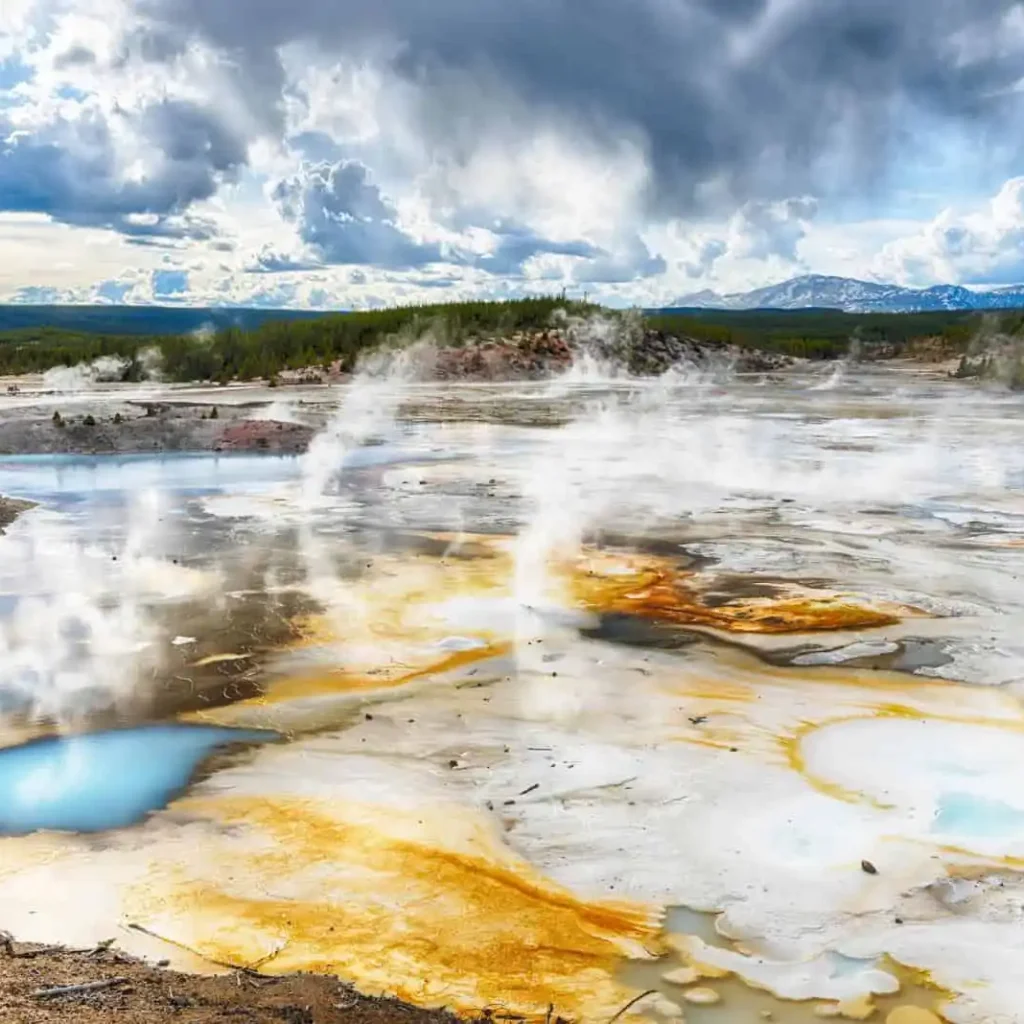
Whether you’re visiting Old Faithful, mammoth hot springs, or the Grand Canyon of Yellowstone, planning a trip to Yellowstone National Park requires careful consideration. Visiting during late spring or early October can be a great time, avoiding the wildfire season and enjoying average high temperatures.
Consider visiting in late April or late September for the best things Yellowstone has to offer while staying a safe distance from the crowds. Remember to pack accordingly and save on costs during Memorial Day.
Best Activities During the Worst Times
As the temperatures drop, wildlife in Yellowstone becomes more active, making it a great time for wildlife viewing. Don’t miss the chance to explore the geothermal features like the Grand Prismatic Spring. Fewer crowds during the worst times create a peaceful experience as you take in the beauty of the park. Spring brings the opportunity to spot baby animals, adding an extra delight. Additionally, engage in winter sports such as snowshoeing or cross-country skiing during the colder months.
Alternative Places to Visit
When considering alternative places to visit near Yellowstone, exploring the stunning beauty of Grand Teton National Park located just south is a great option. Additionally, the charming town of Jackson Hole offers a mix of shopping, dining, and outdoor activities for visitors. For a picturesque experience, venture to the northeast entrance of the park and discover Cooke City. Cody, Wyoming, home to the Buffalo Bill Center of the West, is another captivating destination. Finally, a road trip to West Yellowstone, an iconic gateway to Yellowstone, is worth exploring.
Is It Ever a Bad Time to Visit Yellowstone?
Is there ever a bad time to visit Yellowstone National Park? The answer is no. Each season offers unique experiences, from the winter wonderland of natural beauty to the captivating grandeur of the park throughout the year. Embrace the park’s unpredictable weather and wildlife sightings – Yellowstone is a dream vacation destination, no matter when you choose to go.
How Bad Can the Worst Times Be?
Despite the challenging conditions, experiencing Yellowstone’s beauty during the worst times is still worthwhile. With fewer visitors, you can enjoy a more tranquil environment. By understanding the worst times, you can set realistic expectations and plan accordingly. Embrace the unique experience of cooler temperatures and inclement weather for an unforgettable trip. Even during the worst times, Yellowstone’s allure and grandeur remain undeniable.
Frequently Asked Questions
What are the busiest months to visit Yellowstone National Park?
The busiest months to visit Yellowstone National Park are typically June, July, and August. However, September and October are also popular times to visit with slightly fewer crowds. If you’re looking for a quieter experience, consider visiting in May or November, although weather conditions may not be ideal. For a balance of fewer crowds and decent weather, the shoulder seasons of April or early November can be a good option.
What are some alternative activities to do in Yellowstone National Park during peak season?
During peak season in Yellowstone National Park, consider exploring the park’s backcountry trails for a more secluded experience. Fishing in one of Yellowstone’s rivers or lakes can also be a relaxing activity. Attend ranger-led programs or educational talks for a unique learning experience. Alternatively, visiting during the shoulder seasons allows for smaller crowds and abundant wildlife viewing.
What is the weather like during the off-season in Yellowstone National Park?
During the off-season in Yellowstone National Park (November to April), expect harsh weather with snow and icy conditions. Some facilities and attractions may be closed, but visiting during this time means fewer crowds and unique opportunities for winter activities.
How can I avoid crowds and maximize my experience while visiting Yellowstone National Park?
To avoid crowds and make the most of your visit to Yellowstone National Park, plan your trip during May, September, or October. Opt for early morning or late afternoon visits to popular attractions and explore lesser-known areas like Lamar Valley or Bechler Meadows. Weekdays are generally less crowded than weekends.
Conclusion
In conclusion, planning your visit to Yellowstone National Park requires careful consideration of the time of year. It’s important to avoid the peak tourist seasons and crowded months to fully enjoy the park’s natural beauty. While each month has its own unique experiences, some months are better suited for a visit than others.
Be sure to pack accordingly and take advantage of alternative activities during the worst times. Remember, there is no bad time to visit Yellowstone, but understanding the busiest months and planning accordingly can enhance your overall experience. If you have any more questions or tips to share, leave a comment below, and let’s continue the conversation.

